About the Project
Aims and scope
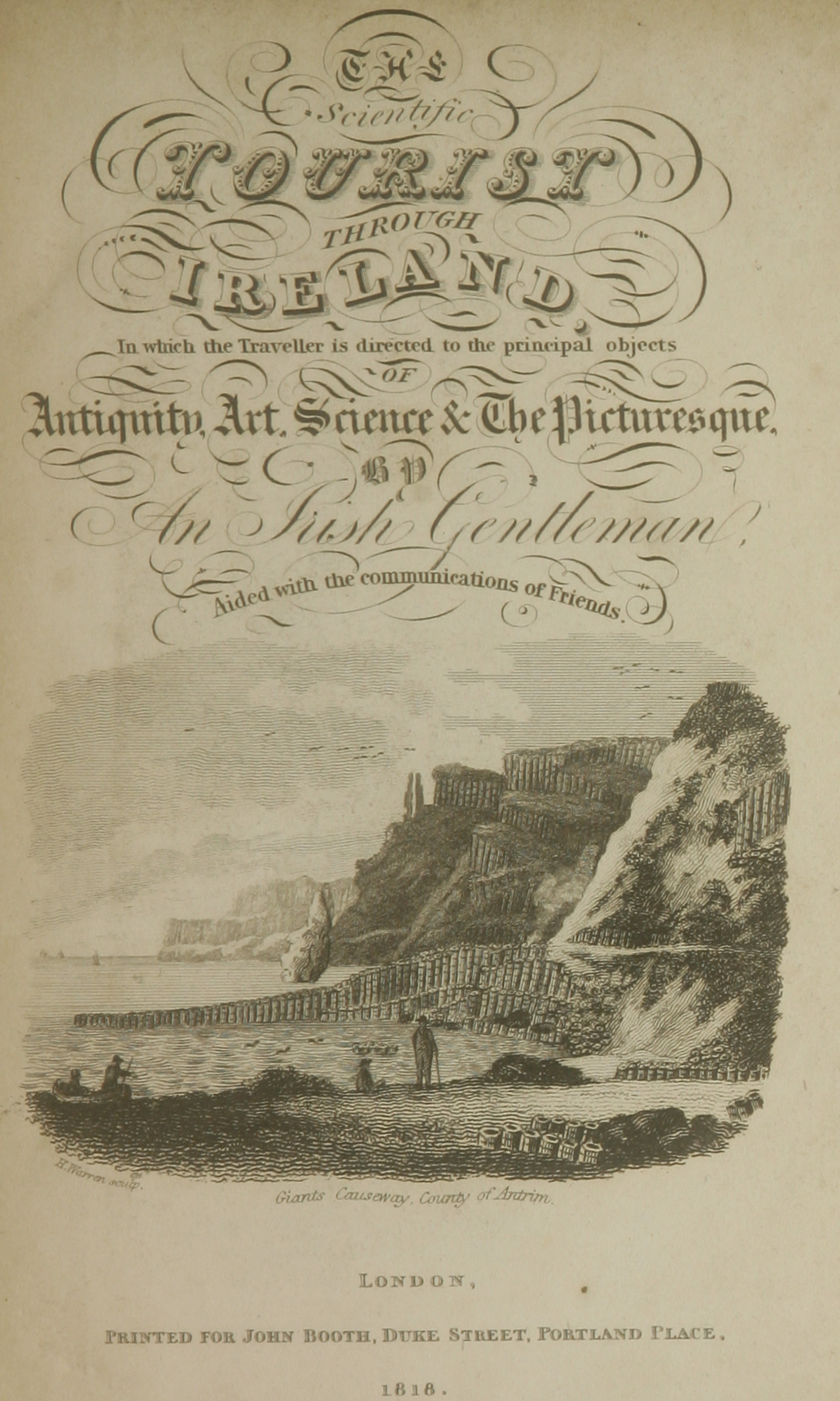 Ireland Illustrated, 1680-1860, provides new research material for scholarship. It contains original short studies and aims to stimulate further research by drawing attention to scarcely known items in libraries in several countries, among them Denmark, Wales, England and France. The database contains complete records for 505 digitized images, 125 authors and artists, and 53 individual travel accounts. Images are categorized, described and, where possible, their creators are identified and a biographical note included. In some cases, this has led to new discoveries linking these individuals to other bodies of work: Luttrell Wynne and Robert Branston are cases in point. Bibliographical detail is supplied for each of the travel accounts. Relevant passages are provided as context for the image, and for their intrinsic interest. The location of the scenes, monuments and objects depicted has been pinpointed as closely as possible, and in the process several, whose whereabouts had been forgotten, have been ‘reconnected’ with their original site.
Ireland Illustrated, 1680-1860, provides new research material for scholarship. It contains original short studies and aims to stimulate further research by drawing attention to scarcely known items in libraries in several countries, among them Denmark, Wales, England and France. The database contains complete records for 505 digitized images, 125 authors and artists, and 53 individual travel accounts. Images are categorized, described and, where possible, their creators are identified and a biographical note included. In some cases, this has led to new discoveries linking these individuals to other bodies of work: Luttrell Wynne and Robert Branston are cases in point. Bibliographical detail is supplied for each of the travel accounts. Relevant passages are provided as context for the image, and for their intrinsic interest. The location of the scenes, monuments and objects depicted has been pinpointed as closely as possible, and in the process several, whose whereabouts had been forgotten, have been ‘reconnected’ with their original site.
The research behind this project has been informed by the work of specialists of travel literature, of illustrated travel accounts and of travellers’ representations of Ireland. They are acknowledged in specific references in the longer records, and their research has guided much of the thinking behind this database. By taking advantage of digital materials to bring image and text together Ireland Illustrated provides an opportunity to go beyond present achievements.
The material that could be included in Ireland Illustrated is far from exhausted. Images and text have already been collected to fill some of the gaps in the present coverage. A further phase is planned to process that material and expand both the temporal span and the type of source included. In Phase 1 (May 2018) the concentration has been on travel accounts which contain an element of personal experience and a narrative thread, however sketchy. A few works, such as The Scientific Tourist through Ireland or L’Irlande au dix-neuvième siècle, that barely fall within this category, have been included for background context. In a future phase the project will collect further narratives as well as guide books, early railway guides, coastal navigation guides. The period 1840-1860 has only partially been covered at this stage, omitting such figures as the Halls. Additionally, the inclusion of the very first illustrated travel accounts to use photography will provide a place to examine the effects of that particular change in technology.
A key aim has been for the collection to be representative. Value judgements have not been applied. Some travellers were poor artists, others were poor writers. Some were both. It cannot be denied that some of the material included is banal, but that banality is, in fact, revealing of how conditioned travellers’ perspectives might be, or how their attention was deliberately routed towards certain sites. Part of the value of a digital collection is to allow that material, on which little value has been placed, to be considered in the broad panorama of what was produced.
Format of entries
Illustrated travel accounts are complex productions, built of words and images, set out in books or manuscripts. They may involve just one person, in the case of the lone traveller’s self-illustrated never-published manuscript, or a team of author(s), artist(s), engraver(s), publisher(s) and printer(s). Part of their interest lies in the connections and networks they reveal. As a result, Ireland Illustrated is constructed around four key sets of data relating to image, book or manuscript, place and person. Each of these elements can be viewed in relation to the others: each image is displayed and is accompanied by an extract from the travel account where it appears; each biographical note links to the images and travel account to which the author or artist contributed; each travel account record displays the images it contains. Links to online editions are provided in some cases.
Because of its multiple layers of data, Ireland Illustrated has been designed with several browsing and search options.
- Image, Person and Travel Account records can each be browsed.
- The Map view allows rapid visualization of images linked to particular localities. By using search terms or filters, it can be made to show which destinations were illustrated in which decade, or the places visited by an individual author, which genre is associated with which artist, or when interest began to grow in localities off the main tourist routes.
- Images have been assigned keywords and broad subjects, and categorized by genre and technique. Browsing by Category enable users to find, for example, images relating to fishing, or antiquities, or drawn in pencil.
It is advisable to triangulate searches by adopting different approaches, bearing in mind the fields that are targeted by each of the search options: these are indicated in a note beside the option.
Categorization by genre and technique, subject and keyword has been kept at a simple level, sufficient for a corpus of 500-600 images. For example, in the case of engravings, the most common technique, further specification is proposed only when the technique is beyond doubt, or stated by the author, artist or publisher. Greater detail will be introduced in the future if the number of records requires it. In classifying the genre of images the terms used are those recommended in the Library of Congress Thesaurus for Graphic Materials and the Getty Art & Architecture Thesaurus® Online. It should be noted that ‘Marines’, as genre, has been used in its broad sense to include scenes where harbours and ships are prominent features, even if at some distance from the sea. ‘Townscapes’ includes cityscapes and village scenes. Scientific and technical illustrations are grouped together and include architectural drawings. Subject and keyword headings conform to the Library of Congress Authorities.
To locate named places and establish decimal coordinates several online resources have been used. The principle ones are: the Irish grid reference finder; iTouchmap; the National Monuments Service Historic Environment Viewer; and the Ordnance Survey of Ireland Mapviewer. To establish placenames, Logainm at Dublin City University, and the Ordnance Survey maps are the authorities used. Where authors or artists use non-standard spellings of placenames, these are not altered if they appear in the title. In other text, on first occurrence a standard spelling is indicated in square brackets.
Acknowledgements
Among the many people who have advised or encouraged us, special mention should be made of Daniel Carey, Peter Harbison, Claudia Kinmouth, Fidelma Mullane, Finola O’Kane Crimmins and John Waddell.
Our thanks go to all the librarians who helped us, in the following Libraries: National Library of Ireland; James Hardiman Library, NUI Galway; Cornwall Record Office; National Library of Wales; Royal Danish Library (Det Kgl. Bibliotek); Bibliothèque nationale de France; and the Boole Library, University College Cork. We would particularly like to express gratitude to Deborah Tritton (CRO), Niall McSweeney, Barry Houlihan and Aisling Keane (JHL, NUIG), Crónán Ó Doibhlin (BL, UCC); and Colette O'Flaherty (NLI), through whom our shared Postdoctoral Fellowship was arranged.
Citation
Acknowledgement should be made when citing or quoting materials. Example:
Ireland Illustrated, Moore Institute, National University of Ireland, Galway, at http://ttce.nuigalway.ie/ii/, ‘John Kirkwood’. Consulted 12.01.2018.
Note that, as the database will be updated and augmented, the consultation date is especially important.
Copyright
Copyright of the scholarly content belongs to Jane Conroy, Marina Ansaldo, Gábor Gelléri and Tania Manca. Copyright of the design of the database belongs to the Moore Institute in NUI Galway, the Digital Humanities Observatory (DHO), the Irish Centre for High-end Computing (ICHEC). Copyright for each image resides with the source Library. Images are provided for the purpose of research, teaching, private study, and general interest. Written permission should be sought for any commercial use.
Project details and funding
The Ireland Illustrated database is part of the Transmission, and Cultural Exchange (TTCE) project hosted at the Moore Institute at the National University of Ireland, Galway (NUI Galway). Early work on the technical development of the TTCE project was carried out by the Digital Humanities Observatory; this also includes our sister project the Art of Travel database. Ireland Illustrated has received funding through PRTLI 4 and the Andrew W. Mellon Foundation. It has been supported by the National Library of Ireland through a shared Postdoctoral Fellowship.
The core project members are Professor Jane Conroy (Director) and Dr Marina Ansaldo of NUI Galway, Dr Tania Manca of the Università di Cagliari, Dr Gábor Gelléri of the University of Aberystwyth.
Technical design and development was carried out by:
- Niall O'Leary, IT consultant and developer, back-end technical development
- David Kelly, Moore Institute, NUI Galway - design and front-end development
- Bruno Voisin, Digital Humanities Observatory - database design
Project Team Profiles
-
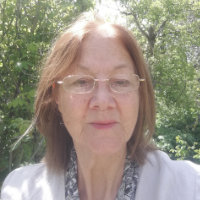
Prof. Jane Conroy
Jane Conroy is Emerita Professor of French in the National University of Ireland, Galway. She is a graduate of NUI Galway and the Université de Paris-Sorbonne (Paris 4), where she took her Doctorat ès lettres, and has been a member of the Royal Irish Academy since 2003. Her publications include a book on French dramatizations of English history, Terres tragiques (2000), and she has edited volumes on the role of travel in intercultural relations, Cross-cultural travel (2003), and on Ireland’s relationship with France, Franco-Irish connections (2009), as well as journal issues in French Studies and Women’s Studies. Her current research lies mainly in the areas of early modern cultural history, travel and processes of identity formation in the seventeenth and eighteenth centuries. Her next publication, co-authored with Prof. Barbara Wright, examines a Franco-Irish correspondence in the 1790s (Analecta hibernica, forthcoming, 2018).
-
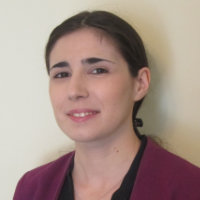
Dr Marina Ansaldo
Marina Ansaldo is a Research Support Officer in NUI Galway. Her research interests include late medieval and early modern literature, notably drama, with a particular focus on Shakespeare; print culture and book history; travel literature; digital humanities and Shakespeare on film. Her PhD thesis (NUI Galway) explores the shifting representations and functions of Fortune in different versions of the Troilus and Cressida story. Before her work on Ireland Illustrated, Marina worked as a Postdoctoral Researcher on Reading East: Irish Sources and Resources (www.ucd.ie/readingeast), a database of early modern printed texts held in Dublin research libraries that attest to contact between Europe and the East. Her publications include an article on the iconography of Occasio in Shakespeare’s Troilus and Cressida (Explorations in Renaissance Culture 42.1, winner of the 2016 Albert W. Fields Award) and a comparative study of the character of Cressida in Boccaccio’s and Chaucer’s versions of the story of Troilus (The Imbas Journal II). She has presented papers at various international conferences, on the iconography of Fortune in early printers’ and publishers’ marks (RSA 2015), and the iconography of Fortune in Shakespeare’s Troilus and Cressida (SCSC 2012), and has given a public lecture on the representation of worldly love in Chaucer’s Troilus and Criseyde and The Knight’s Tale (Edward Worth Library 2013 Spring Lecture Series). She has also participated in Early Modern Digital Agendas: Advanced Topics (Folger Shakespeare Library, 2015).
-

Dr Gábor Gelléri
Gábor Gelléri is Lecturer in French at Aberystwyth University, and co-director of the Aberystwyth-Bangor Institute for Medieval and Early Modern Studies. A graduate of ELTE University (Budapest) and the Ecole des Hautes Études en Sciences Sociales (Paris), he is a specialist of early modern travel cultures and literatures, particularly for France. His monograph on travels to England from the French-speaking Europe (Philosophies du voyage: visiter l'Angleterre aux 17e-18e siècles) was published by the Voltaire Foundation in 2016. He started working on the field of art of travel as a post-doctoral fellow at the Moore Institute. He is particularly interested in French treatises of the art of travel - he is currently working on a monograph with the working title ‘From Grand Tour to School Trips: Conceptions of Educational Travel in 18th-century France’. Another focus of his research is female participation in the art of travel debate, and he is completing an article on women and the art of travel for the upcoming volume Travel and Conflict in the Renaissance and Early Modern World (Routledge) he co-edits with Dr Rachel Willie.
-
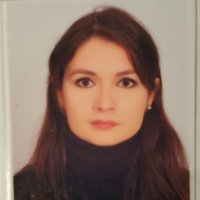
Dr Tania Manca
Tania Manca is Cultore della materia of Cagliari University and a graduate of Sorbonne University (Paris) and Cà Foscari University (Venice, Italy). She is a specialist of European travel cultures and literatures, late 18th century to early 20th century, particularly in relation to Africa and Mediterranean western islands. She is also interested in francophone literature and is the president of the Association des Chercheurs en Littératures francophones (ACLF). She worked on Ireland Illustrated as a post-doctoral fellow at the Moore Institute. Particularly interested in ethnography, anthropology, history of cultures, the production, transmission, reception and evolution of images (accounts, engravings, photography), she works on interdisciplinary relationships in travel literature. Director of the collection ‘Viaggi e Mediterraneo’, Carlo Delfino Editore, co-director of ‘Horizons francophones’, L’Harmattan, and one of the founders of the online review Astrolabe (CRLV) she is the author of more than 40 papers in Italian, French and English, and edited the volume Viaggiatori europei, dall’esplorazione del mondo al viaggio in Sardegna (2005), co-edited the volumes Paolo Mantegazza. Dalle Americhe al Mediterraneo (2014), Le voyage dans tous ses états (2016), Lettres francophones en chronotopes (2017).
-

David Kelly
David Kelly is Digital Humanities Manager at the Moore Institute, NUI Galway. He works with individual researchers and research teams to enable the creation of Digital Humanities projects. To date, this has included projects involving database development, text and data visualisation, social annotation, digital edition development and network analysis.
-

Niall O'Leary
Niall O'Leary is an IT consultant, developer and trainer working in the Higher Education sector, with particular strengths in Digital Humanities. A graduate of UCD's Masters in Film Studies programme, Niall began as a scriptwriter in the audiovisual industry. Building on his knowledge of digital media, he graduated from TCD's Masters in Multimedia Systems in 1997. While writing articles on IT, creating online stories and scripting online games, he gradually became more involved in IT development. In 1998 he became Web Development Specialist at DCU. While creating many important online university systems, such as student portals and online results, he also taught Web Technologies, Programming, and Screenwriting in DCU's Department of Communications. In 2010 he became DHO Project manager (IT) at the Digital Humanities Observatory, a project of the Royal Irish Academy. In this role, he managed and developed many cutting edge systems in the Digital Humanities area including St Patrick's Confessio and the Doegen Records Web Archive. Since 2013 he has worked as a private consultant and developer in the Digital Humanities area. He writes on many DH topics such as data visualisation and Big Data and maintains a keen interest in teaching and film.
-
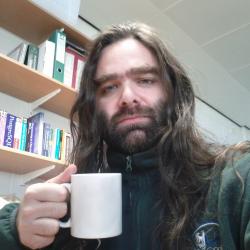
Dr Bruno Voisin
Bruno Voisin graduated in Computer Science at the University of Toulon Var (France) and in 2002 obtained his PhD in Computer Science in partnership with the Laboratoire d'Astrophysique de Marseille, working on data mining to cross-reference astronomical catalogues. In 2003, he joined Andy Shearer's Scientific Computing Group in NUI Galway as a post-doctoral researcher, pursuing data science work within the context of astronomy. He then joined the Irish Centre for High-End Computing (ICHEC) in February 2008 under the e-INIS infrastructureproject, to assist the design and implementation of information systems for Humanities and Social Sciences throughout Ireland in partnershipwith the Irish Digital Humanities Observatory (DHO). Ireland Illustrated was among projects he supported at that time. Since then, he has mostly been working in the context of ICHEC's Technology Transfer activities, providing data analytics expertise and training to research groups, public sector agencies and industrial partners.

